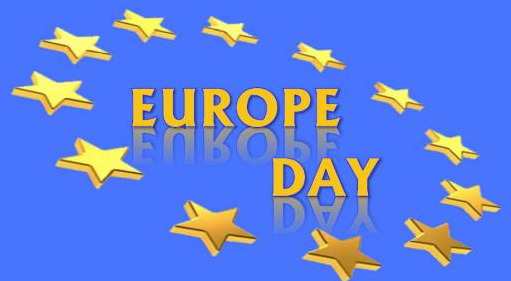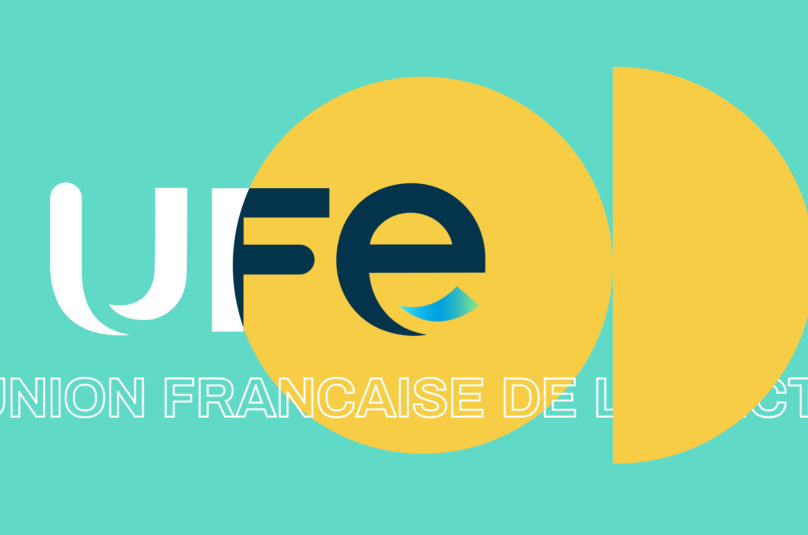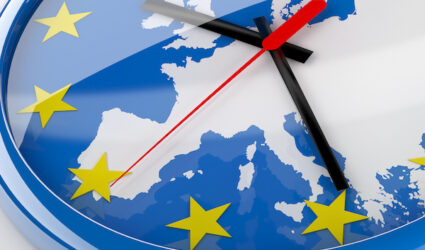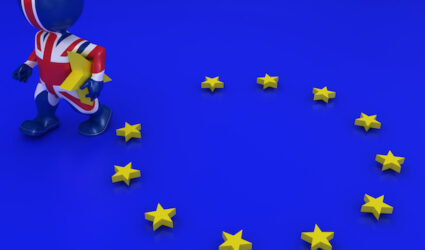09 May 2016
Happy Europe Day!


The Schuman Declaration, presented by then-French Foreign minister Robert Schuman on May 9th, 1950, is considered as a stepping-stone of the European construction. From the European Coal and Steel Community, a “de facto solidarity” unifying several European countries after World War II, to the European Union gathering 28 Member States, the scope of Energy cooperation in Europe has drastically expanded. Celebrating Europe Day on this May 9, 2016 is thus a great opportunity to take stock of progress made in the creation of a European energy Union and assess the remaining key challenges for the future …
The emergence and development of the European Union, now composed of 28 Member States, have brought about the necessity for European leaders to cooperate towards a common energy fate.
The liberalization of the electricity market represented an important first step in this direction, enacted with the adoption of three energy liberalization directives respectively in 1996, 2003 and 2009.
European leaders pushed this energy fate forwards by setting a common direction, convening of common objectives to reach. Adopted by European leaders in 2007 and enacted in legislation in 2009, the 2020 “3×20” climate and energy package (20% emission reduction, 20% renewable energy, 20% energy efficiency) set three binding targets at the European level. This political commitment was renewed in October 2014 when EU leaders adopted a more ambitious 2030 climate and energy framework: 40% of CO2 emission reduction, 27% of renewable energy in the final EU energy consumption and 27% energy efficiency.
A common path paved by numerous obstacles
This attempt to build a European Energy Union has been undermined by challenges still to be addressed. Indeed, over the last years, short-term wholesale electricity prices felt drastically, as a result of a reduction in demand due to the economic crisis, the financially supported introduction of new low-carbon generation capacities with low variable costs, low commodity prices, and a very weak carbon price signal. They are now far below the long-term LCOE of conventional and RES power plants.
Some of these conditions affecting short-term energy only markets are persistent and bound to be exacerbated as the decarbonisation process moves forward. Scarcity pricing and the introduction of a liquid European intraday market are no-regrets reforms. However a market design relying only on short term prices and a poor CO2 price will fail to trigger an efficient investment path, for a secure European energy transition. Short term prices, which define the generator’s revenue and the consumer’s bill, are too volatile and sensitive to both macroeconomic indicators and public decisions.
2016, the delivery year of the European Energy Union
It is still time for Europe to provide an adequate answer to these challenges. The political commitment taken by European institutions in February 2015 to ensure a true European Energy Union, with « secure, affordable and climate-friendly energy », sends the right signal towards a more comprehensive approach. Expected to be the « year of delivery », 2016 will be the real test for the EU to meet the expectations it has raised. In order to do so, two measures should be considered a priority: a CO2 price in line with the EU climate policy ambitions, and the implementation of capacity mechanisms ensuring EU’s security of supply.
The leading role of the European Union in the adoption of the Paris Agreement has proven that Europe has the capabilities to lead (by example) the fight against climate change at the global level. By addressing the remaining challenges the European Union can therefore pave the way towards a sustainable, cost-efficient and secure Energy Union, making the most out of each Member State’s specifies and potential, to the benefit of EU consumers, and towards a common energy destiny.
Find out more
Vision and missions


About us
The Union of the French Electricity Industry is the trade association of the French electricity sector. We bring together companies from the whole value chain of the electricity industry.
Find out moreEvents of the sector


Annual conference


Our 2024 conference
2024 annual conference of the Union of the French Electricity Industry
The next edition of the UFE conference will be hold on 10th December 2024, in Paris.









